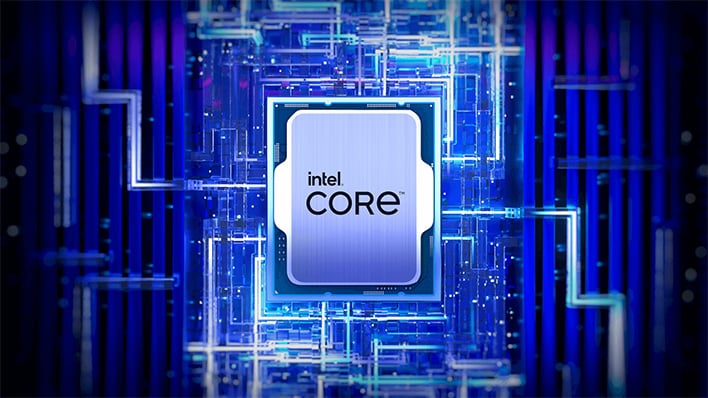Intel's LGA 1851 Socket For Arrow Lake CPUs May Make DDR4 Memory Obsolete

A tweet from hardware leaker @momomo_us reveals that Intel’s future Arrow Lake CPU architecture could drop DDR4 support entirely in favor of DDR5. If true, Arrow Lake will be Intel’s first CPU platform to support DDR5 alone, just like AMD’s latest AM5 platform and Ryzen 7000 series CPUs.
Arrow Lake is the codename for Intel’s 15th Gen CPU architecture that will debut in 2024 or 2025 and will be the successor to both Intel’s Meteor Lake CPU architecture and the upcoming Raptor Lake Refresh CPU lineup, which is replacing Meteor Lake on the desktop side. Arrow Lake will come with a lot of upgrades over Intel’s current hybrid architectures, including its bleeding edge 'Intel 7' manufacturing process, a new vision processing unit (VPU) for AI inference, and a new tile system that will separate the CPU cores, I/O, iGPU, and SoC block (containing the VPU) into their own distinct chiplets (similar to AMD’s Ryzen architectures). Intel will also be using a combination of its own manufacturing process nodes, and TSMC’s N3 node to develop Arrow Lake chips.
Arrow Lake will also be arriving with a brand new motherboard platform, operating on a new socket dubbed LGA 1851. We don’t have a whole lot of details about this new motherboard platform yet, but we do know it will feature additional PCIe storage lanes to accommodate Arrow Lake’s more robust PCIe support and will require a new mounting system for CPU coolers.
For reference, Meteor Lake will be the first architecture to support all of the features mentioned above. Similar to Raptor Lake, Arrow Lake will be a refresh of Meteor Lake that will utilize the same core architectural details of its predecessor but enhance specific parts of the design to boost performance. Based on the existence of Raptor Lake Refresh, Meteor Lake will be a mobile-exclusive architecture, while Arrow Lake will likely co-exist on both desktop and mobile platforms.
Intel’s decision to drop DDR4 on Arrow Lake and the LGA 1851 platform is not surprising and makes a lot of sense from an engineering perspective. Supporting both DDR4 and DDR5 on a single platform is not as straightforward as it seems and requires additional plumbing inside the memory controller to support both standards. Dropping support for DDR4 will simplify Arrow Lake’s memory sub-system, allowing Intel to optimize more of the silicon toward better DDR5 functionality. Additionally, motherboard manufacturers won’t have to worry about building DDR4 and DDR5 versions of the same motherboard, which will simplify customer buying decisions.> 至於 Intel Arrow Lake 則會在 2024 下半年推出,這個 LGA 1851 腳位的平台將完全轉換至 DDR5 記憶體。
— 188号 (@momomo_us) August 20, 2023
DDR5 maturity and DDR5 prices are also in a much better state right now than they were back in 2021 when DDR5 was first released. Prices of DDR5 memory kits have fallen drastically, to the point where most 16GB and 32GB kits are now priced similarly to DDR4 kits from a year or two ago. DDR5 platform support has also matured extensively on Intel and AMD’s latest desktop platforms, to the point now where it's basically as stable as DDR4. Kits utilizing XMP or EXPO profiles will never have guaranteed stability due to their nature, but most of these kits also run well on Intel’s and AMD’s latest platforms as well, so long as the kits are running at appropriate DDR5 frequencies.

